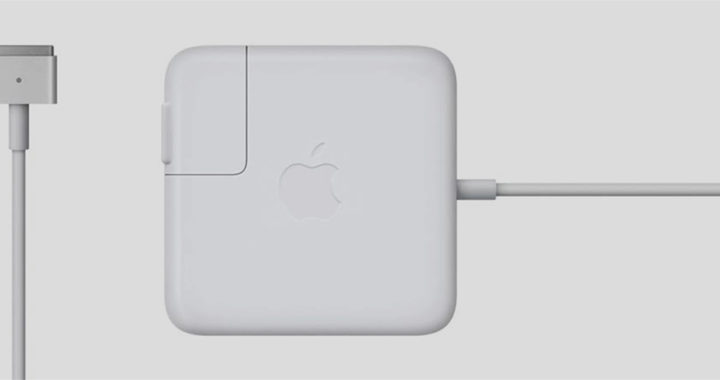Apple has produced some of the most iconic products of the digital age. Consumers flock to stores to get a hold of the latest iPhone or iPad. The MacBook line of portable Mac computers has become synonymous with creativity and professionalism. These products are beautiful. They are expensive too. And then this one glaring downside: Apple chargers and their propriety cables break easily.
So much for that hard-earned cash. One of the most popular rants of Apple users is the apparent short lives of their chargers and propriety cables. It does not matter what Apple device they own—be it an iPhone or a MacBook Pro. These chargers and cables seem to last a little shorter than the chargers and cables of other devices.
Detractors would often press how Apple milks its consumers by selling them substandard accessories. Replacing a 60W MagSafe 2 Power Adapter would cost a consumer USD 79.00 while a two-meter Lightning to USB cable would cost him or her USD 29.00—pretty expensive!
Reasons Why Apple Chargers and Cables Break Easily
Chargers and cables are always susceptible to wear and tear. Specifically, portable chargers and cables do not last long. Because users carry them all around, cables end up tightly rolled and unceremoniously stashed inside bags or pockets.
A typical charger or cable would eventually pull apart near the ends. Wires fray or unravel from their protective covering or jackets. The result is a defective cable detached from the connector that is also a fire and electrocution hazard.
Wear-and-tear is a reality for portable chargers and cables, nonetheless. However, propriety chargers and cables from Apple are notorious for having shorter lives than their counterparts.
One of the reasons these chargers and cable break easily is that Apple uses a thin and soft protective covering made of rubber instead of PVC. This rubberized jacket is lighter and more flexible than the PVC jacket used by other manufacturers.
Users typically roll or wrap the cables too tight, thus bending and stressing them over time, especially near the ends, until they reach their breaking point. Of course, wear-and-tear is common in all cables, but thinner jackets make them more vulnerable.
There is also this issue regarding design considerations. Compared to typical chargers and cables from other manufacturers, the portable chargers and cables from Apple do not have a strain relief. This is easily discernible. Take note that the point between the cable and the connecting end is vulnerable to bending and stress.
The Absence of Strain Relief and Materials Used
A strain relief is a feature designed to allow the cable to move with considerable freedom without breaking and fraying from the connecting end—such as a charger adapter or USB plug and other hardware devices. The design of a strain relief involves a series of ridges at the point where the cable meets the connecting end. These ridges allow flexibility without putting stress.
Without a strain relief, a cable could easily break from the connecting end when bent at a severe 90-degree angle. This is another reason why Apple cables and chargers break easily.
There is no clear reason why Apple gears away from using a strain relief in their chargers and cables. Anecdotal testimonies from alleged insiders mentioned that the company does not like how a strain relief looks on their chargers and cables.
It is easy to believe the contention of Apple against the use of strain relief. The company takes design specifications seriously. Considering that the problem with their chargers and cables, they could easily embrace common and practical design practices.
Some say that the use of alternative and eco-friendly materials is a reason why Apple chargers and cables break easily. The company takes pride in banning the use of PVC or polyvinyl chloride and phthalates in their cables. These materials are not readily disposable because of their high toxicity and low biodegradability.
However, gearing away from PVC and phthalates for health and environmental purposes seems counterproductive. Because Apple chargers and cables break easily, they pose fire and electrocution hazards. Furthermore, their short lifespans mean that more of these products are produced, consumed, and disposed.
Regardless of the reasons, the fact remains that Apple chargers and cables break easily. There are still options for purchasing non-propriety accessories from reputable third-party manufacturers.





